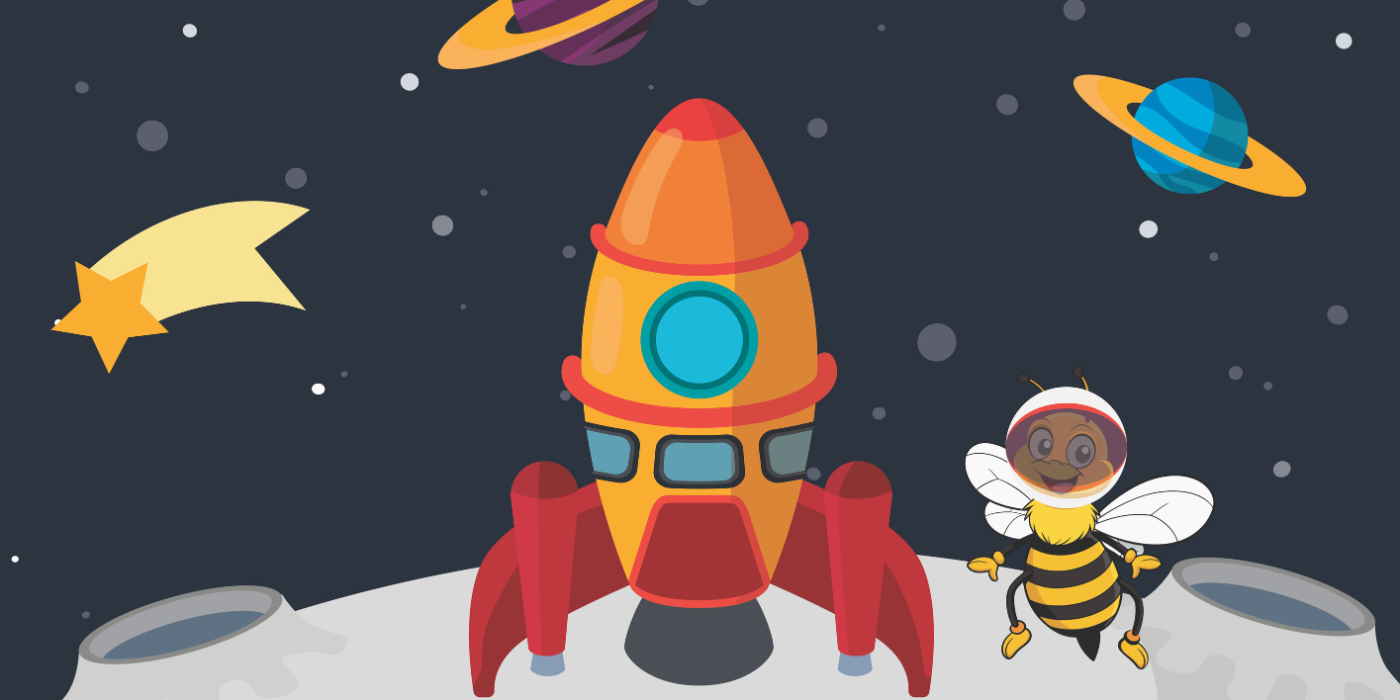
What We’ve Learned from Sending Bees to Space
The idea of sending living creatures to space has fascinated scientists and the public alike since the early days of space exploration. Among the many species that have ventured beyond Earth's atmosphere, honeybees have played a surprisingly significant role. These tiny but vital pollinators have been subjects of several space experiments, shedding light on their behavior and adaptability in microgravity environments. This blog explores what we’ve learned from these remarkable experiments and the implications for both space exploration and our understanding of bees.
Why Send Bees to Space?
Honeybees are crucial to Earth's ecosystems, responsible for pollinating a significant portion of the world's crops. Understanding how bees respond to the unique conditions of space can help us prepare for long-term space missions, where pollination could be necessary for sustaining life. Additionally, studying bees in space offers insights into the effects of microgravity on biological systems, from individual organisms to entire colonies.
NASA's First Foray into Bee Space Missions
The first known experiment involving bees in space took place during the Apollo 17 mission in 1972. The mission, known more for its geological studies on the Moon, also carried a small container of bees to observe their behavior in space. However, the container wasn’t designed for long-term observation, and the bees unfortunately did not survive the journey. Despite this early setback, the experiment opened the door to more sophisticated studies in the future.
The Spacelab Experiments
In 1984, NASA conducted a more controlled experiment aboard the Space Shuttle Challenger as part of the Spacelab 3 mission. This time, the goal was to observe how honeybees would build comb in microgravity. Researchers provided a small colony of bees with the materials they needed to construct their iconic hexagonal combs.
The results were fascinating. While the bees were able to construct comb, the structures were irregular and less efficient than those built on Earth. The bees appeared to struggle with orienting themselves in the absence of gravity, which is a critical factor in their highly organized and symmetrical comb-building process. This experiment demonstrated that while bees could still function in space, their behaviors were noticeably affected by the lack of gravity, leading to less optimal outcomes.
The Behavioral Observations
Adapting to Microgravity
One of the key questions scientists had was how bees would adapt their flight patterns in the microgravity environment of space. Bees rely on gravity to navigate and perform their complex dances, which are essential for communication within the hive. In space, however, the lack of gravity forces bees to adapt their flight, and the results were intriguing.
Researchers observed that bees initially struggled with disorientation but eventually adapted to the microgravity environment. They began to fly in more erratic patterns compared to their usual straight-line flights on Earth. Over time, however, the bees managed to establish a new pattern of movement that allowed them to function within the confined space of their container.
This adaptation highlights the remarkable flexibility of honeybees, as they can adjust their behavior to cope with even the most extreme environments. The ability of bees to adapt to microgravity also suggests that they might be able to play a role in future space farming, where their pollination skills could be crucial for growing crops in space habitats.
Implications for Future Space Exploration
The experiments with bees in space have significant implications for the future of space exploration. As humanity considers long-term missions to the Moon, Mars, and beyond, understanding how essential species like bees adapt to space conditions is crucial. If we are to establish self-sustaining colonies on other planets, we will need to rely on a variety of organisms, including bees, to maintain the ecosystems required for food production.
Moreover, the adaptability of bees in space opens up new avenues for research into other insects and animals that might be necessary for life support systems in space. By continuing to study how these organisms respond to space environments, we can better prepare for the challenges of long-term space exploration.
The experiments with bees in space have provided valuable insights into the effects of microgravity on biological organisms. While bees face challenges in adapting to the absence of gravity, their ability to adjust their behavior demonstrates their resilience and potential role in future space missions. As we continue to explore the final frontier, the lessons learned from these tiny pioneers will help pave the way for sustainable life beyond Earth. Whether through pollination or other ecosystem services, bees may one day be as essential to space habitats as they are to our planet.
Frequently Asked Questions (FAQs)
1. Why were honeybees chosen for space experiments?
Honeybees were chosen because they play a critical role in pollination, which is essential for growing crops. Studying their behavior in space can help scientists understand how important pollinators would adapt to microgravity, potentially supporting future space farming efforts.
2. Did the bees face any health issues in space?
The bees in some early experiments did face challenges, including disorientation and difficulty constructing comb. However, they eventually adapted to the microgravity environment. There is no evidence of long-term health issues, but further research is needed to understand how extended space exposure affects bees.
3. Can bees pollinate plants in space?
While bees have not been directly tested for pollination in space yet, their adaptability to microgravity suggests that they may be able to pollinate crops in space habitats. Future experiments will likely focus on their role in pollinating plants under space conditions.



Leave a comment